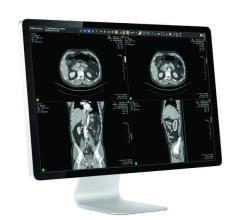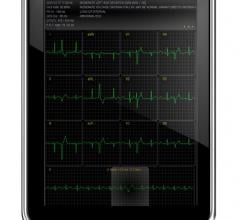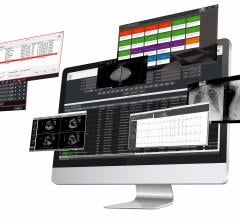
February 4, 2009 – Hospitals are increasingly looking at interoperability between systems as they move to digital imaging and purchase systems from different vendors, according to a new report from Kalorama Information titled "Medical Imaging Markets, Volume I: Radiography (X-Ray, Digital X-Ray, Fluoroscopy, Mammography, and CT Markets)."
Hospitals are buying more equipment from different vendors and developing internal networks that connect diagnostic imaging equipment — X-rays, CT scans, PET scans — over PACS networks to data storage servers for instant access. This is driving medical imaging equipment vendors to develop interoperable equipment with a uniform user interface.
"If an imaging system can work with what the hospital already has, that's a huge advantage for the vendor," said Bruce Carlson, publisher of Kalorama Information. "Offering more features, such as storage servers and interface software, is another successful tactic. If a healthcare system is to justify a large purchase, it helps to line up the need for the new system with the need for efficiency and government initiatives regarding medical records and digital images."
The move to digital will lead to an increase in healthcare productivity by eliminating the time consuming step of film development and the costly storing and transporting of X-rays, which must be held in large storage facilities for several years. In addition, the use of better, faster diagnostic equipment will lead to earlier diagnosis and treatment and the networking of health records and diagnostic images will make remote diagnosis a reality, contributing to growth in telemedicine and video-multimedia conferencing.
While it is initially expensive to purchase a digital system, which has somewhat impeded implementation rates, operating costs are lower than those of standard radiography. Traditional film X-ray systems have a price tag ranging from $20,000 to $80,000, while digital systems can cost from $180,000 to $500,000. But the high cost can be justified in a high volume setting.
Kalorama Information's new report, "Medical Imaging Markets, Volume I: Radiography (X-Ray, Digital X-Ray, Fluoroscopy, Mammography, and CT Markets)," analyzes the current and potential world market for medical and dental X-ray systems. The report discusses both digital and analog technologies. Market forecasts through 2012 for each segment, product pipelines, company profiles and a review of trends and research are covered.
For more information: www.kaloramainformation.com


 March 06, 2024
March 06, 2024 




